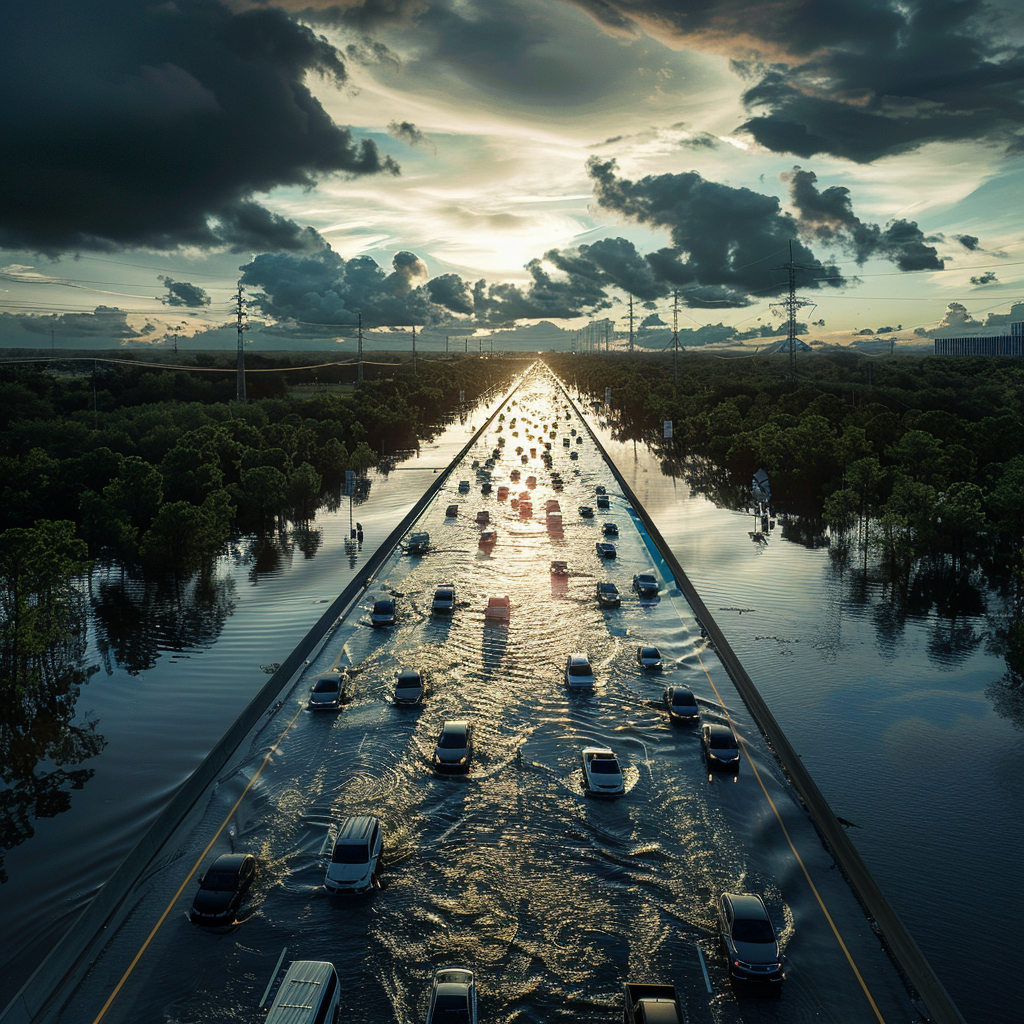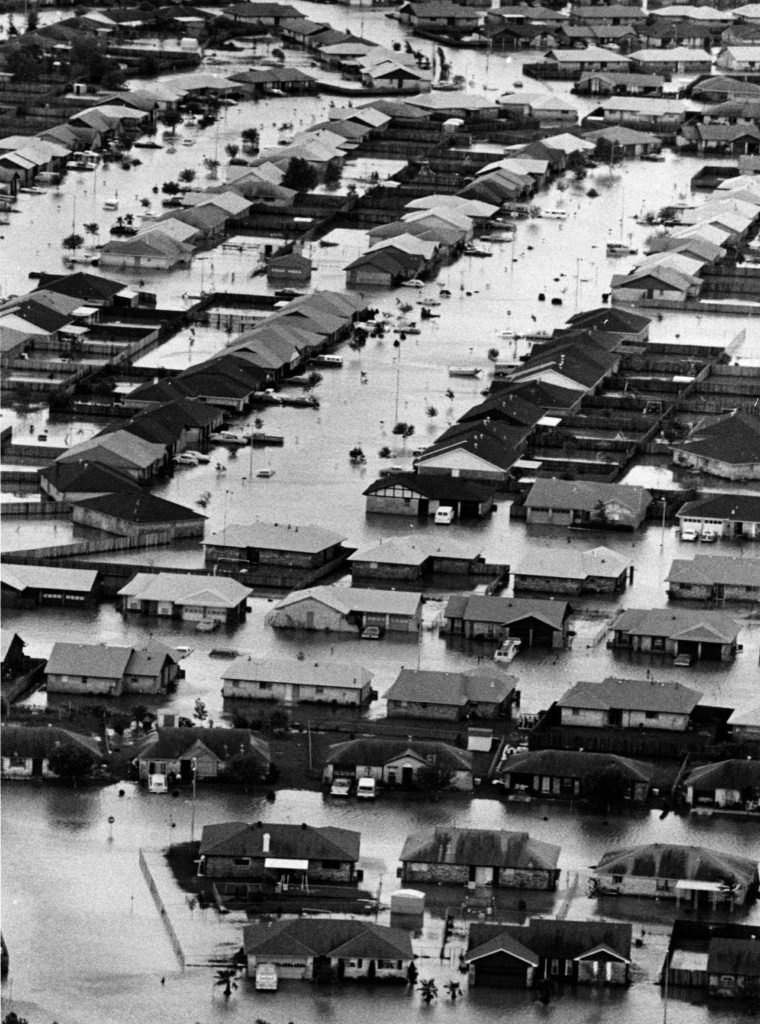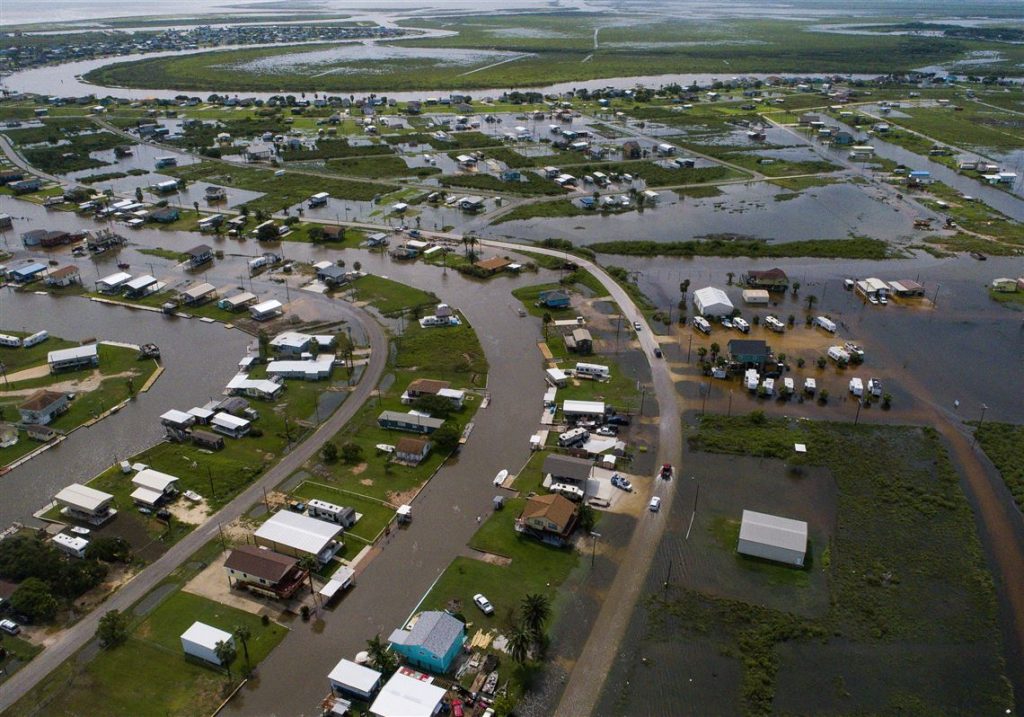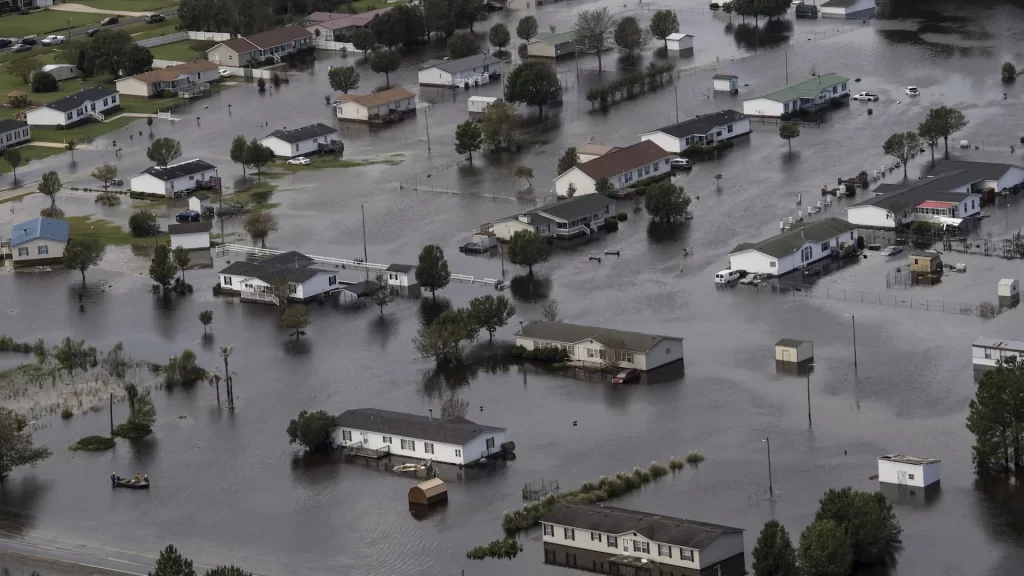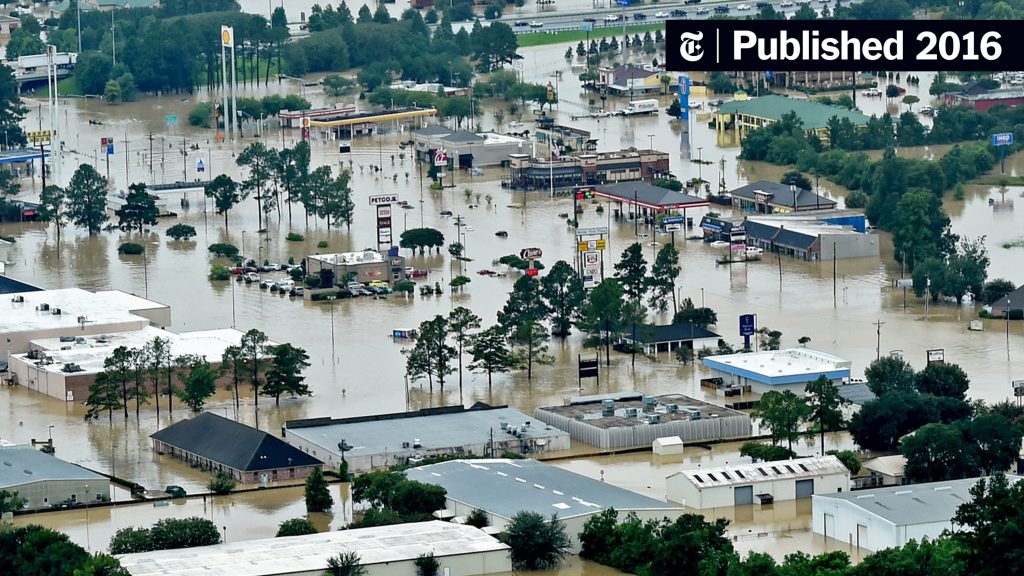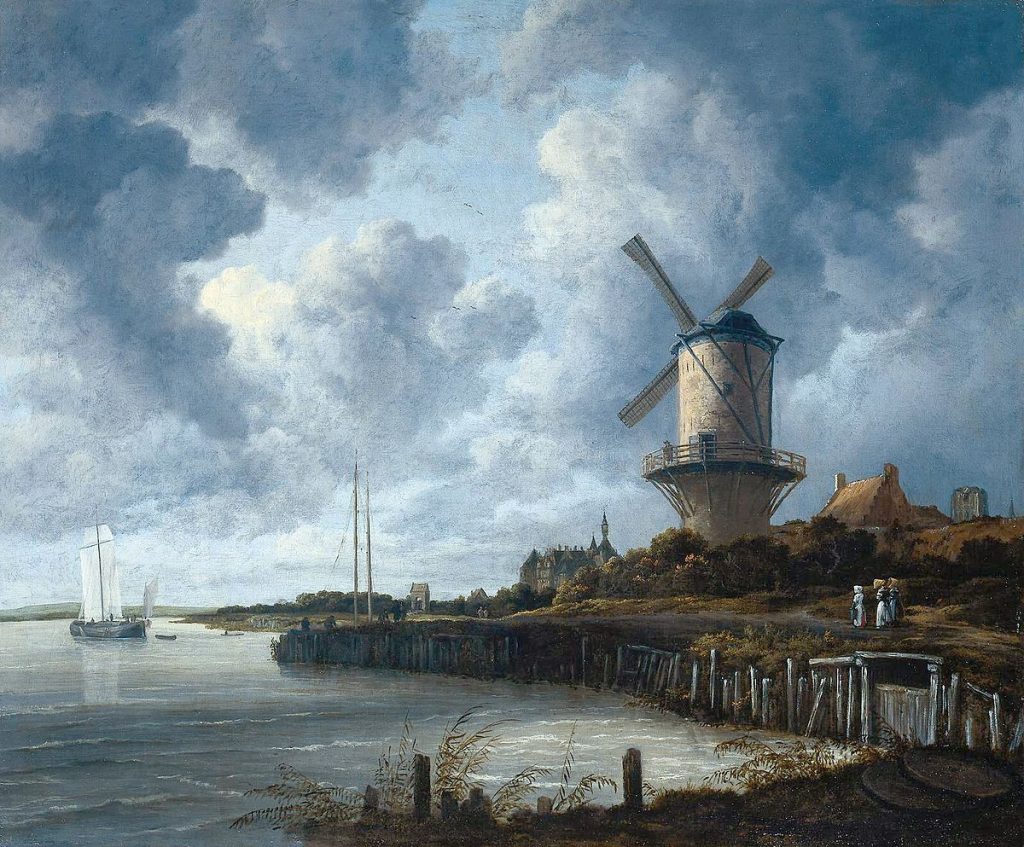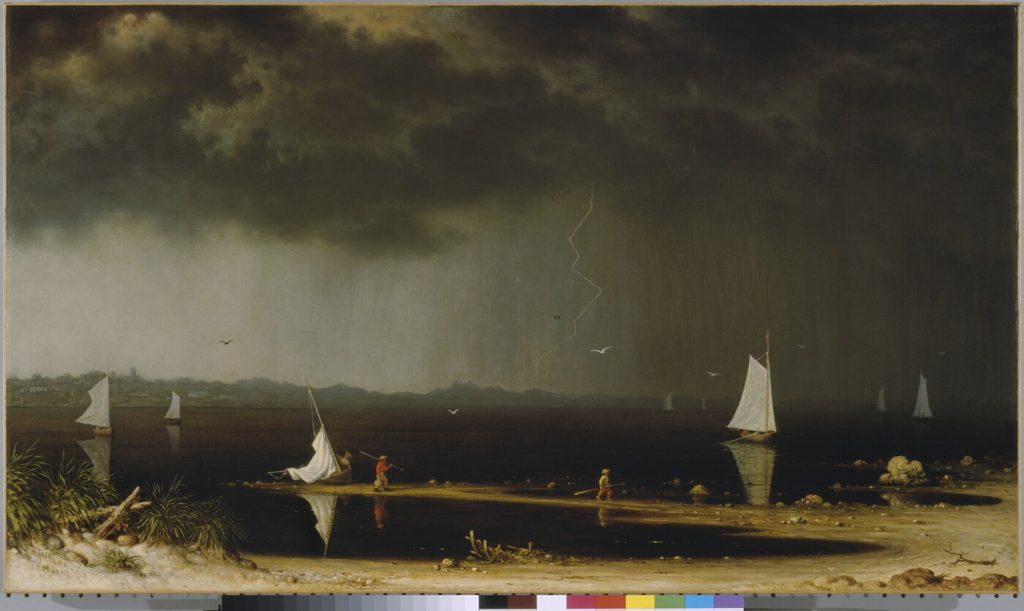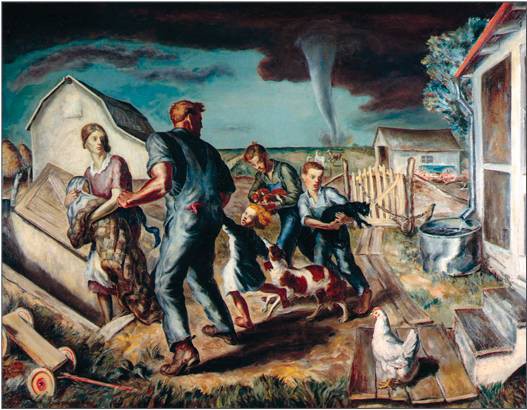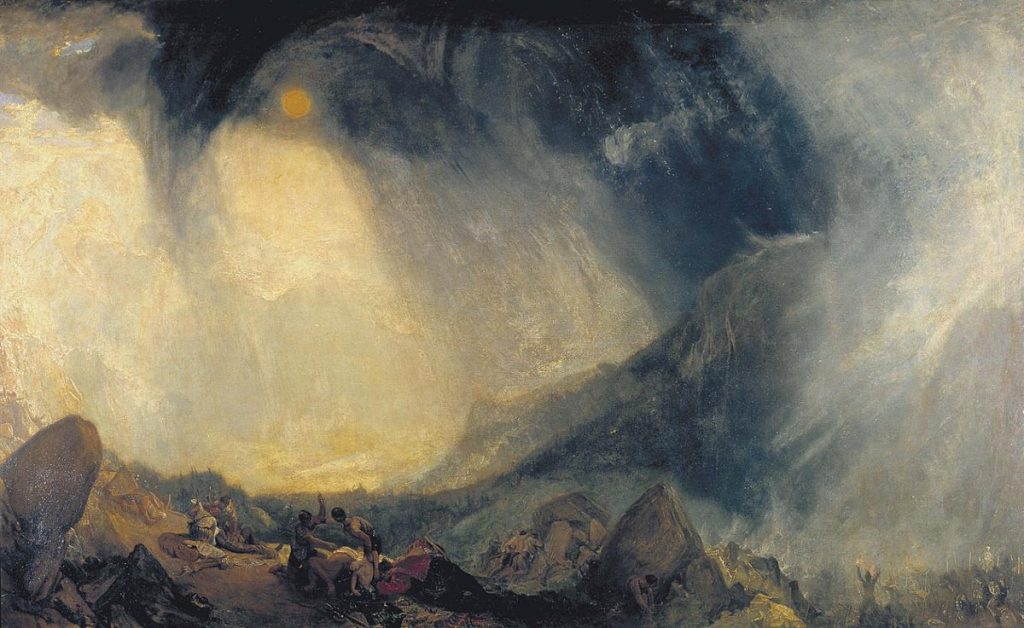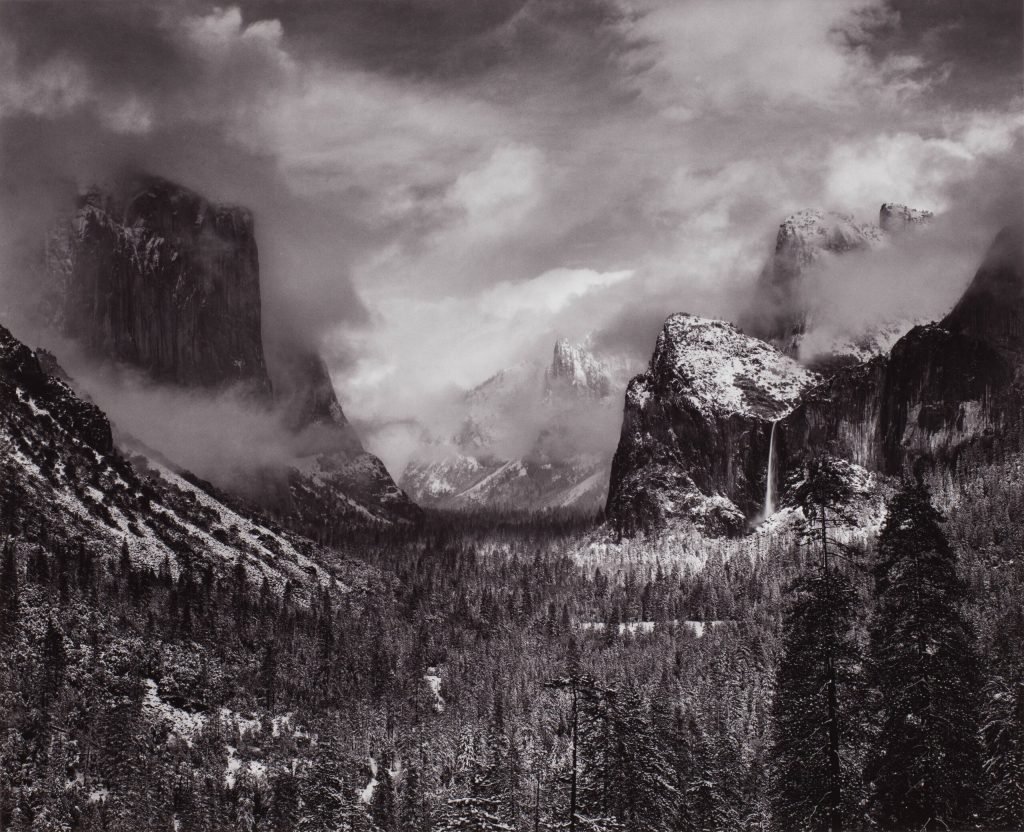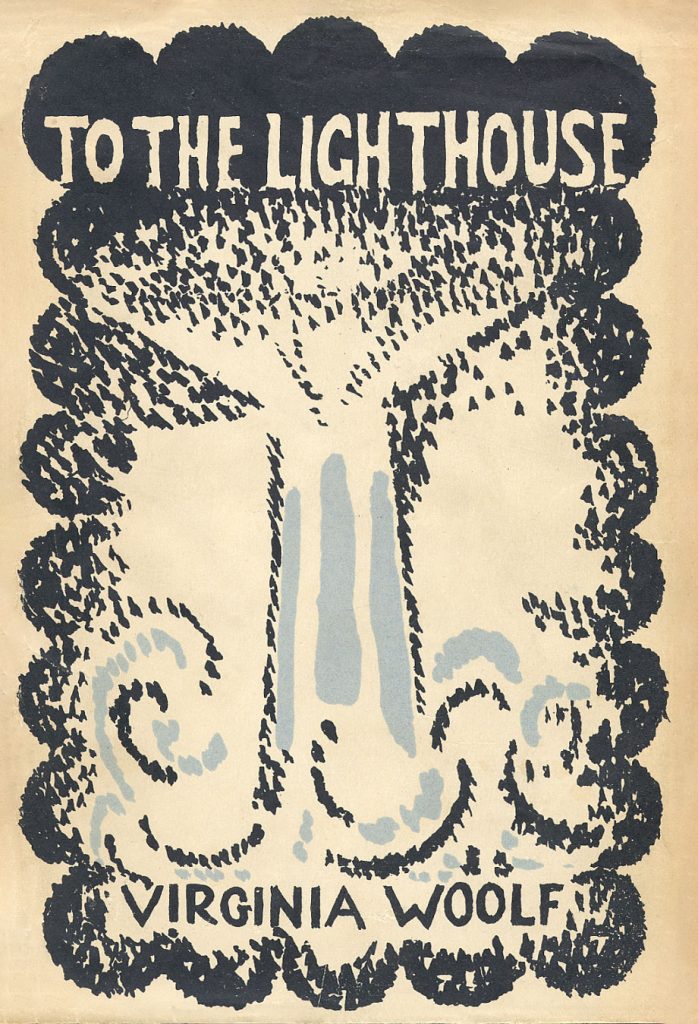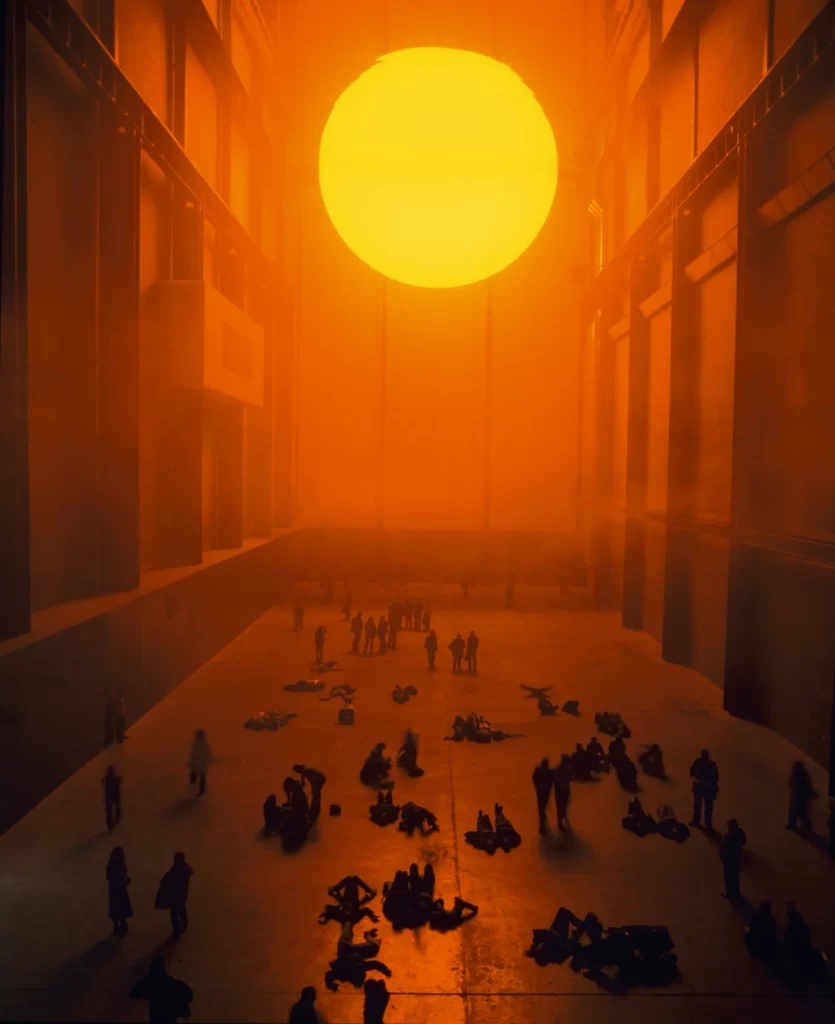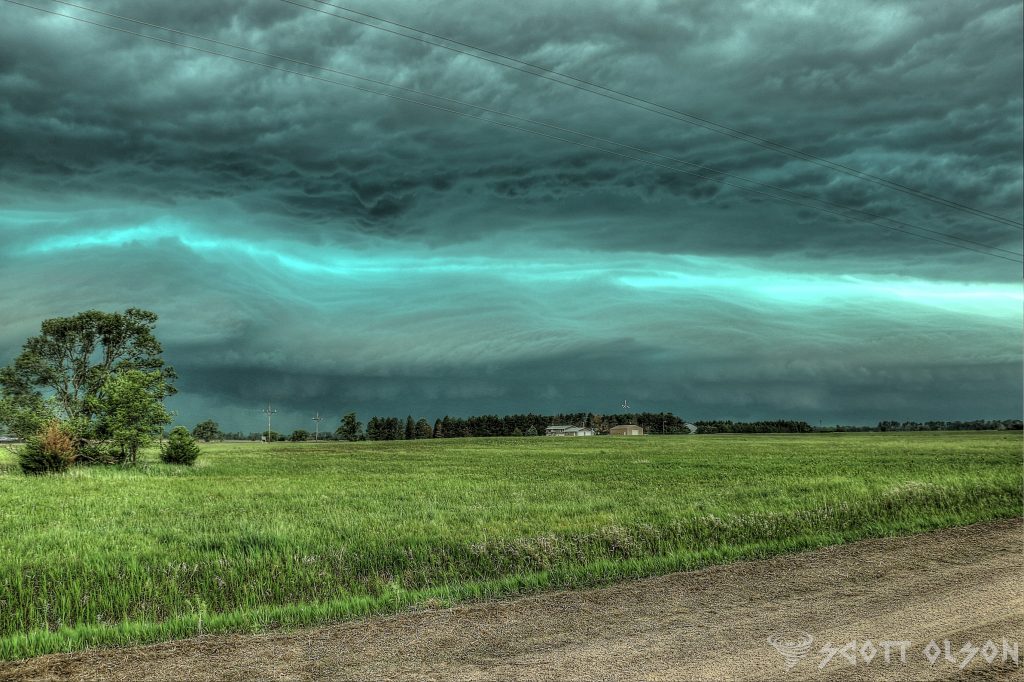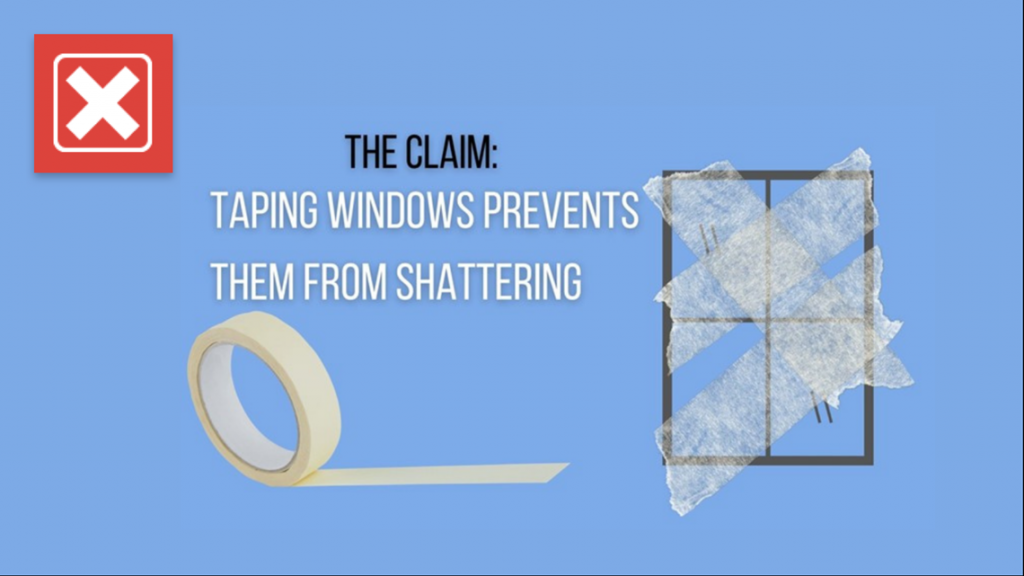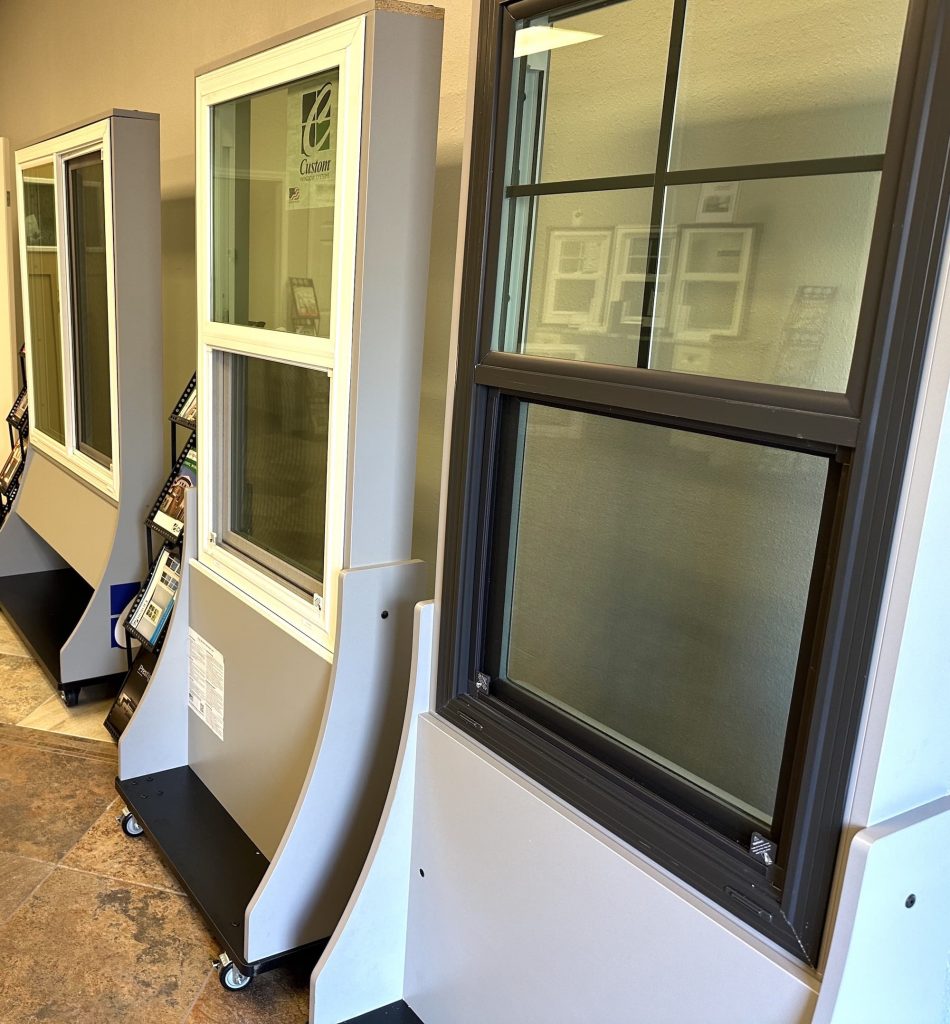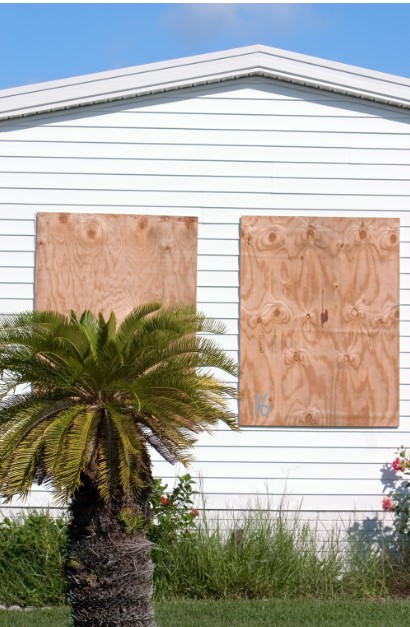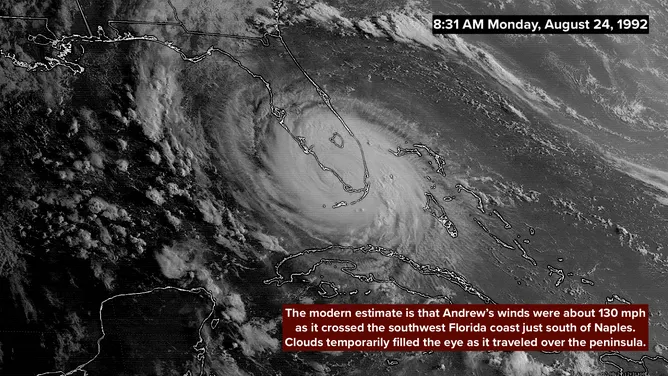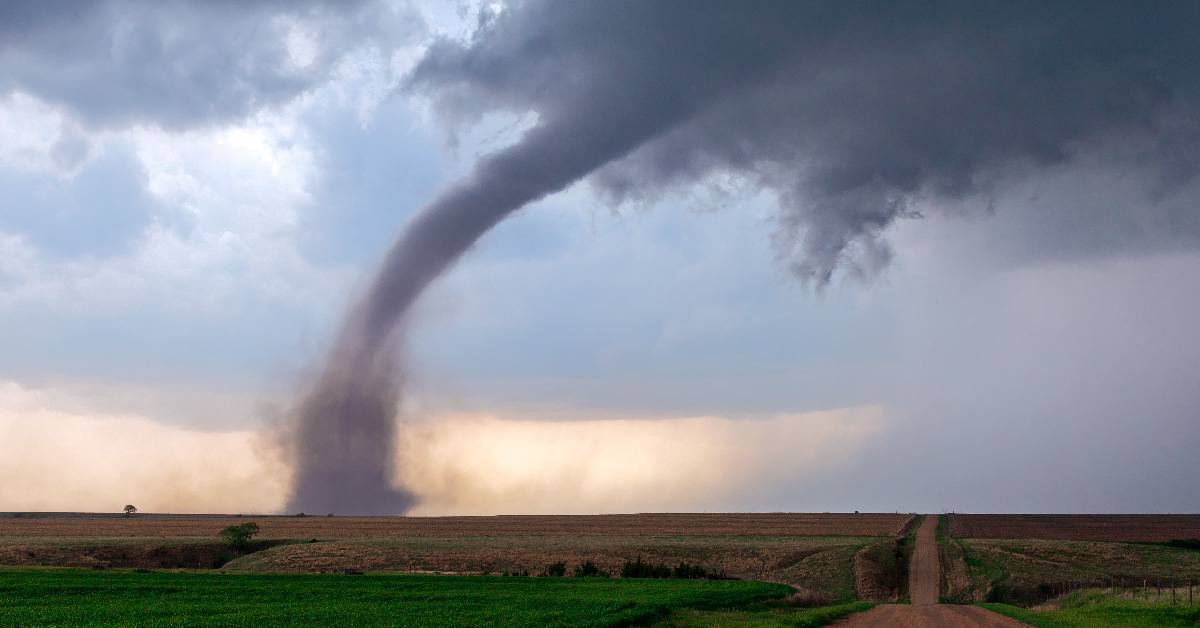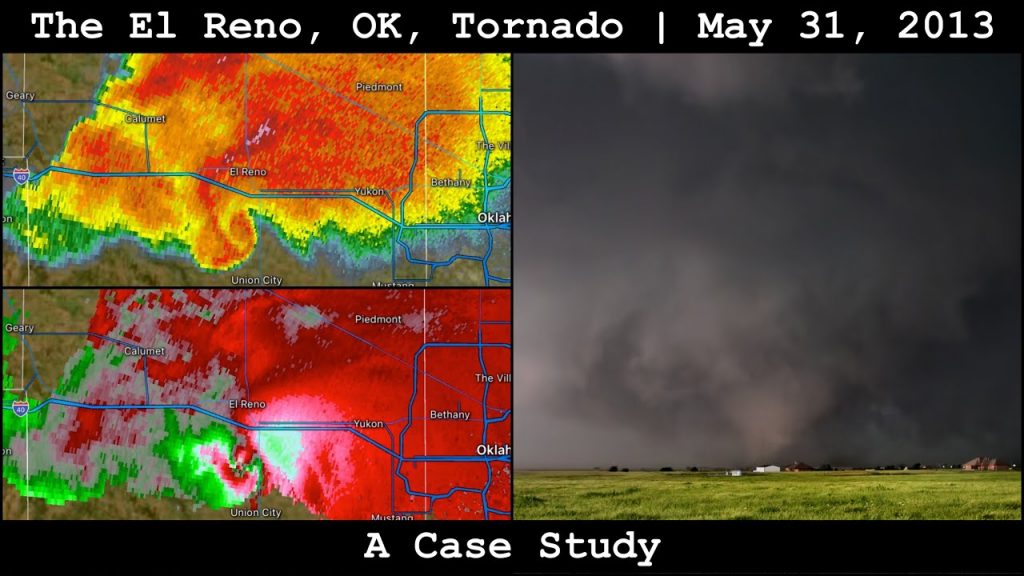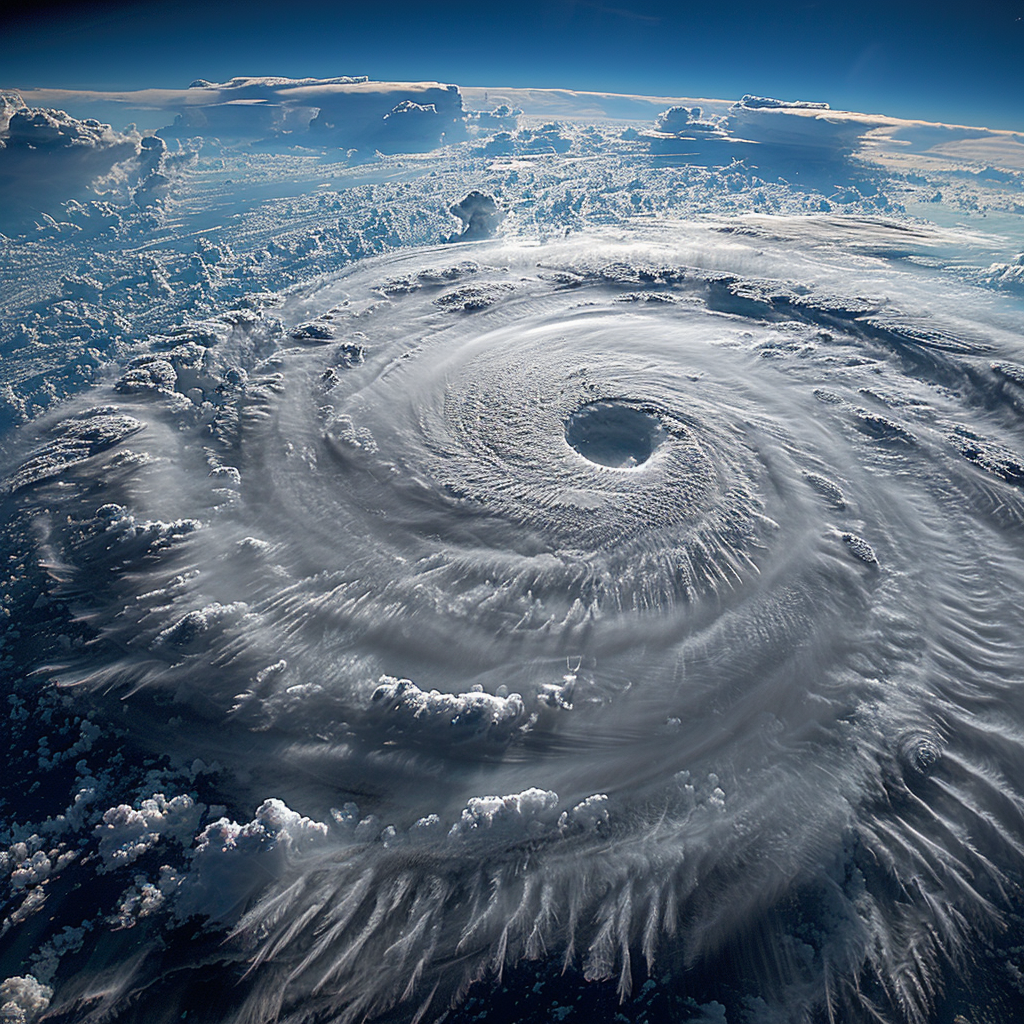
As the Earth’s climate continues to change and global temperatures rise, scientists are grappling with the potential consequences for extreme weather events, particularly hurricanes. One alarming theory that has gained attention in recent years is the concept of “hypercanes” – hypothetical super-storms that could dwarf even the most powerful hurricanes on record. But what exactly are hypercanes, and could climate change really spawn these 500 mph monsters? In this article, we’ll take a deep dive into the science behind this controversial idea.
What are Hypercanes? The term “hypercane” was coined by Kerry Emanuel, a professor of atmospheric science at MIT, in a 1994 paper titled “The Maximum Intensity of Hurricanes.” Emanuel’s theory proposed that under certain extreme conditions, a hurricane could theoretically achieve wind speeds of up to 500 mph (800 km/h) – far beyond the most intense storms ever recorded.
These hypothetical hypercanes would require ocean temperatures of around 50°C (122°F) – about 15°C warmer than the hottest ocean temperatures ever measured in the real world. At these extreme temperatures, according to Emanuel’s models, the heat energy from the ocean would be so immense that it could drive a storm of almost unimaginable intensity.
The Science Behind the Theory: Emanuel’s hypercane theory is based on the fundamental physics of how hurricanes form and intensify. Hurricanes are essentially giant heat engines, powered by the transfer of heat from the warm ocean surface to the cooler upper atmosphere. As warm, moist air rises from the ocean, it releases latent heat as it condenses into clouds and rain. This heat warms the surrounding air, causing it to rise further and driving the storm’s circulation.
The maximum potential intensity of a hurricane is determined by the temperature difference between the ocean surface and the upper atmosphere. The greater this difference, the more energy is available to fuel the storm. In Emanuel’s hypercane scenario, the extreme ocean temperatures would create an enormous temperature differential, providing a virtually unlimited supply of energy to the storm.
Criticisms and Limitations: While the hypercane theory is grounded in basic physical principles, many experts have questioned whether such storms could actually form in the real world. There are several key limitations and criticisms of the idea:
- Lack of real-world evidence: To date, there is no direct evidence that hypercanes have ever occurred on Earth. The most intense hurricane on record, Hurricane Patricia in 2015, had maximum sustained winds of 215 mph – less than half the theoretical wind speed of a hypercane.
- Ocean temperature limits: The 50°C ocean temperatures required for hypercanes are far beyond anything observed in the modern world. Even under the most extreme global warming scenarios, it’s unclear whether such temperatures are physically possible.
- Atmospheric constraints: Even if 50°C oceans could exist, there are questions about whether the atmosphere could actually support the extreme wind speeds of a hypercane. At such high velocities, friction and turbulence within the storm could potentially limit its intensity.
- Negative feedbacks: Some models suggest that hypercanes might actually be self-limiting. The extreme winds would churn up deeper, cooler water from below the surface, potentially cutting off the storm’s heat supply and causing it to weaken.
Could Climate Change Spawn Hypercanes? While the idea of climate change spawning 500 mph hypercanes remains highly speculative, there is growing evidence that global warming is indeed affecting hurricane behavior. Warmer ocean temperatures are providing more energy to fuel storm intensification, and there are indications that climate change may be causing hurricanes to intensify more rapidly, retain their strength for longer, and deliver more extreme rainfall.
However, the leap from these observed trends to the kind of world-altering super-storms envisioned by the hypercane theory is a vast one. Most hurricane experts believe that while climate change is likely to make hurricanes somewhat more intense and destructive in the coming decades, the chances of 500 mph storms appearing remain remote.
That said, even relatively modest increases in hurricane intensity could have major consequences for coastal communities around the world. A storm doesn’t need to be a hypercane to cause catastrophic damage, as recent hurricanes like Harvey, Maria, and Dorian have tragically demonstrated.
Global Temperature Increase: Over the past century, the Earth’s average surface temperature has risen by approximately 1.0°C (1.8°F), according to the Intergovernmental Panel on Climate Change (IPCC). This warming trend has accelerated in recent decades, with the warmest years on record all occurring within the last two decades. The IPCC projects that global temperatures could rise by an additional 1.5 to 4.0°C (2.7 to 7.2°F) by the end of this century, depending on future greenhouse gas emissions.
Local Temperature Variations: While the Earth is warming on average, the magnitude of temperature changes varies significantly by region. Some areas, particularly in the Arctic, are warming much faster than the global average. This phenomenon, known as Arctic amplification, is caused by a variety of factors, including the loss of reflective sea ice and snow cover, which exposes darker ocean and land surfaces that absorb more heat.
Other regions, such as the Antarctic Peninsula and parts of the Middle East, are also experiencing more rapid warming than the global average. In contrast, some areas, like the Southern Ocean around Antarctica, have shown slower warming trends, in part due to the ocean’s ability to absorb and distribute heat.
Feedback Loops and Amplification: One of the major concerns about climate change is the potential for various feedback loops to amplify warming. Feedback loops occur when the effects of warming trigger changes that further enhance warming, creating a self-reinforcing cycle. Some key examples include:

1.Ice-Albedo Feedback: As Arctic sea ice and glaciers melt, they expose darker surfaces (ocean water and land) that absorb more sunlight, leading to further warming and more melting.
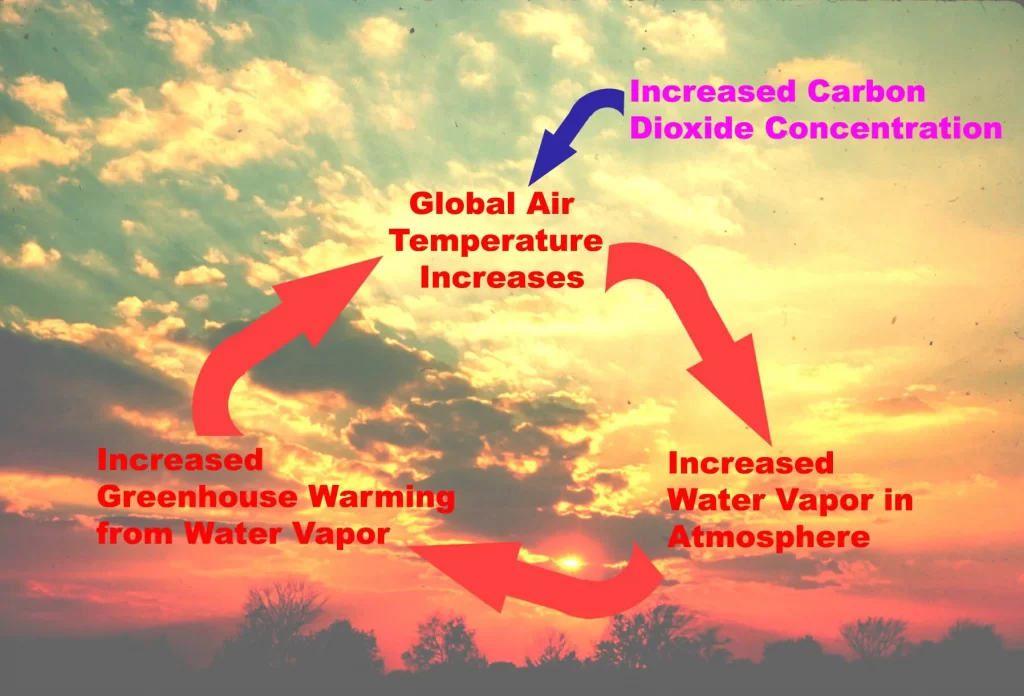
2. Water Vapor Feedback: Warmer air can hold more moisture. As global temperatures rise, the atmosphere can absorb more water vapor, which is itself a potent greenhouse gas, leading to further warming.
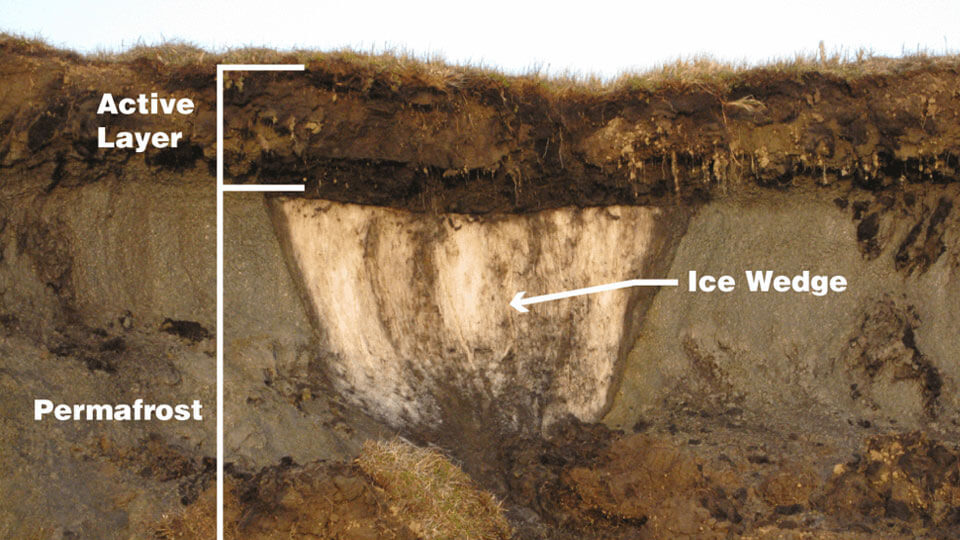
3. Permafrost Thaw: As temperatures rise, vast areas of frozen ground (permafrost) in the Arctic are beginning to thaw. This thawing releases methane, a powerful greenhouse gas, and carbon dioxide from long-frozen organic matter, further amplifying warming.
These feedback loops, among others, have the potential to accelerate warming beyond the direct effects of greenhouse gas emissions alone, underscoring the urgency of reducing emissions to limit temperature rise.
Sea Surface Temperatures: The temperature of the ocean surface plays a crucial role in the Earth’s climate system, and it has a direct impact on hurricane intensity. Over 90% of the excess heat trapped by greenhouse gases is absorbed by the oceans, leading to rising sea surface temperatures (SSTs).
Since 1901, global average SSTs have increased by approximately 0.7°C (1.3°F), with most of this warming occurring in the last 50 years. However, like air temperatures, the magnitude of SST changes varies by region. Some ocean basins, such as the tropical Atlantic and parts of the Indian Ocean, have warmed more rapidly than the global average.
Rising SSTs have a direct influence on hurricane potential intensity (the theoretical maximum strength a storm can achieve under given environmental conditions). Warmer SSTs provide more energy to fuel hurricane development and intensification. Studies have shown that the maximum intensity of tropical cyclones has increased by about 8% globally since 1979, with the most pronounced changes in the North Atlantic and Indian Oceans.
In addition to their direct effects on hurricanes, warmer SSTs also contribute to sea level rise through thermal expansion (as water warms, it expands in volume). This sea level rise exacerbates coastal flooding and storm surge impacts during hurricanes, even if the storms themselves do not change in intensity.
Preparing for an Uncertain Future: As the world continues to grapple with the realities of climate change, preparing for the potential of more extreme hurricanes is becoming an increasingly urgent priority. While the specter of 500 mph hypercanes remains largely in the realm of theoretical speculation, the risks posed by even moderately more intense storms are all too real.
Coastal cities and communities will need to invest in more resilient infrastructure, improved early warning systems, and more effective evacuation plans to cope with the hurricanes of the future. At the same time, the world must continue to work towards reducing greenhouse gas emissions and mitigating the root causes of climate change.

